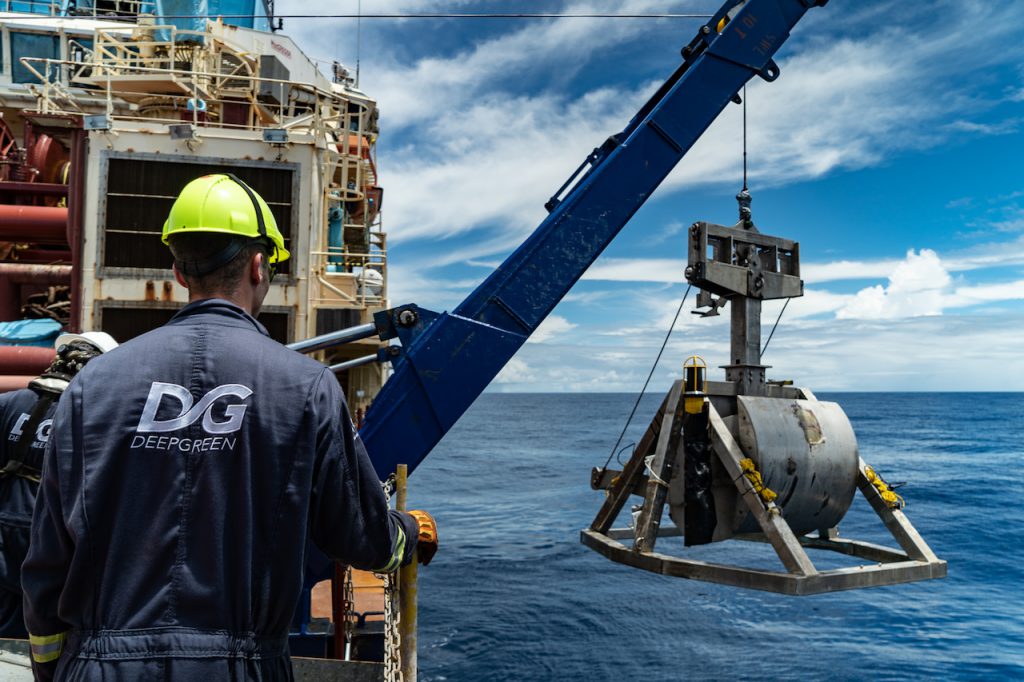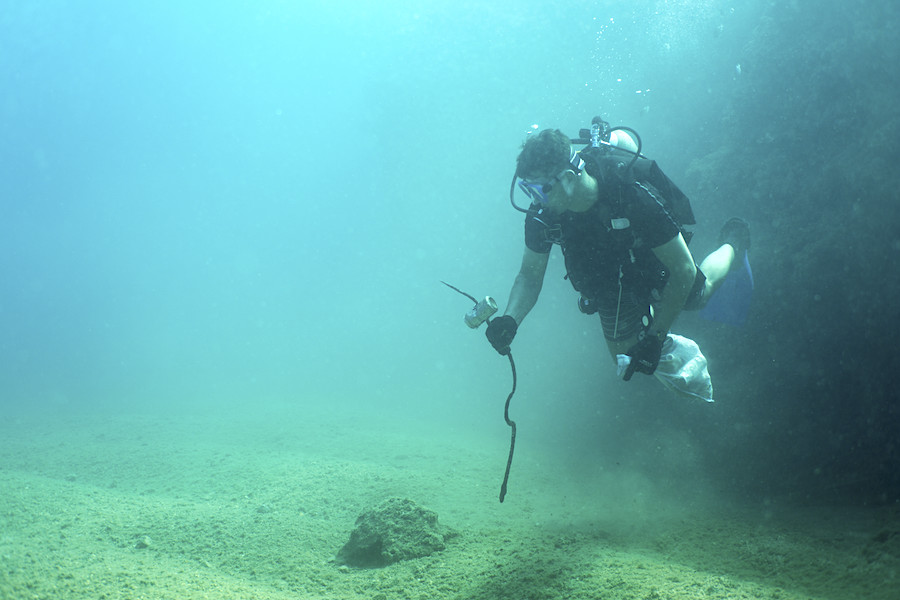MINING.COM Editor | February 3, 2023 |

The Metals Co, formerly known as DeepGreen, intends to produce metals from polymetalic rocks, found in deep oceans.(Image courtesy of The Metals Company.)
Canada is facing mounting pressure to declare a moratorium on deep-sea mining exploration and extraction as the country hosts an international marine conservation summit starting Friday in Vancouver.

Leading to the the fifth International Marine Protected Area Congress (IMPAC5), international scientists and environmental organizations have called on Ottawa to ban the activity.
They want Canada to join a growing numbers of countries including Germany, France, Spain, Chile, Costa Rica, New Zealand and Panama among others, which have asked the United Nations-affiliated International Seabed Authority (ISA) to don’t rush into enacting mining regulations by July 2023 — a deadline set in 2021.
Other nations such as Brazil, the Netherlands, Portugal, Singapore and Switzerland have indicated they would not approve any mining contracts until sufficient environmental protections for the seabed are in place, regardless of the deadline set to adopt regulations.
Google and automakers BMW, Renault, Volkswagen and Volvo have pledged not to use deep-sea metals for the time being, and 704 marine scientists and policy experts from 44 countries have endorsed a petition advocating a pause in seabed mining.
The United Nations Convention on the Law of the Sea treaty established the ISA in 1994 to regulate mining in international waters while at the same time ensuring the protection of the marine environment.
At the time, the deep sea was considered a muddy, lifeless abyss, albeit one rich in cobalt, nickel and other metals potentially worth trillions of dollars. Scientists now believe that mining the seabed for minerals and metals needed for the world’s energy transition could destroy undiscovered species, with a role in the global climate that remains little understood
.

Targeted area are believe to have low biodiversity.
( Image of an ocean floor cleaning mission by U.S. Marine Corps Photo | Lance Cpl. Nicole Rogge.)
Oceans cover more than 70% of the planet, but only 5% of that area has been explored and charted by humans.
“Canada has made commitments to reverse biodiversity loss, fight climate change, and to foster equity and transparency in both environmental initiatives and international governance,” Susanna Fuller, vice-president of operations and projects at non-profit Oceans North, said last year. “None of those things are compatible with deep seabed mining.”
Since 2001, ISA has issued exploration contracts to state-backed enterprises, government agencies and private companies to prospect for minerals over more than 500,000 square miles of the seabed in the Atlantic, Indian and Pacific oceans.
Once it sets mining regulations, potentially in five months, those contractors will be able to apply for an exploitation license to start mining.
Each mining contractor must be sponsored by an ISA member nation and pay it and the ISA royalties on the minerals mined.
Oceans cover more than 70% of the planet, but only 5% of that area has been explored and charted by humans.
“Canada has made commitments to reverse biodiversity loss, fight climate change, and to foster equity and transparency in both environmental initiatives and international governance,” Susanna Fuller, vice-president of operations and projects at non-profit Oceans North, said last year. “None of those things are compatible with deep seabed mining.”
Since 2001, ISA has issued exploration contracts to state-backed enterprises, government agencies and private companies to prospect for minerals over more than 500,000 square miles of the seabed in the Atlantic, Indian and Pacific oceans.
Once it sets mining regulations, potentially in five months, those contractors will be able to apply for an exploitation license to start mining.
Each mining contractor must be sponsored by an ISA member nation and pay it and the ISA royalties on the minerals mined.
Almost half of all critical metals needed
The U.S. Geological Survey found last year that deep-ocean mines could provide up to 45% of all the world’s critical metal needs by 2065.
One of the miners that has advanced the most in the past years is The Metals Company (NASDAQ: TMC), formerly Deep Green Metals.
The Canadian battery metals start-up recently lifted 3,000 tonnes of nodules from the Clarion–Clipperton Zone, a valuable stretch of ocean floor between Mexico and Hawaii.
The miner says its two exploration contracts in the the Clarion Clipperton Zone (CCZ) of the Pacific Ocean comprise enough in situ metal for 280 million electric vehicles.
The polymetallic nodule fields in the CCZ of the Pacific represent the largest known, undeveloped nickel resource on the planet.
Last week, Norway announced it had discovered a “substantial” amount metals and minerals ranging from copper to rare earth metals on the seabed of its extended continental shelf.
The resources estimate, covering remote areas in the Norwegian Sea and Greenland Sea, indicates that there are 38 million tonnes of copper, almost twice the volume mined globally each year, and 45 million tonnes of zinc accumulated in polymetallic sulphides.
(With files from Reuters and Bloomberg)
No comments:
Post a Comment